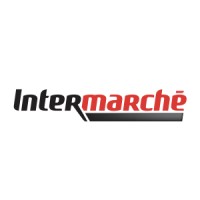
Intermarché
Reconnue pour son combat contre la vie chère, Intermarché s'appuie sur un réseau de 2 328 points de vente en Europe (France, Belgique, Pologne, Portugal). Spécialiste des produits frais, l’enseigne propose différents formats de points de vente pour répondre aux attentes de ses clients : - Intermarché Hyper : un format offrant une gamme complète en alimentaire et en non-alimentaire. - Intermarché Super : deux déclinaisons existent selon la localisation. . Le supermarché généraliste qui propose une offre équilibrée entre alimentaire et non-alimentaire. . Le supermarché alimentaire dont 90 % des produits sont consacrés à l’alimentaire. - Intermarché Contact : un format qui associe l'esprit convivial et le confort d'un commerce de proximité essentiellement en zone rurale. - Intermarché Express : un concept spécialement étudié pour les centres-ville des grandes agglomérations.






